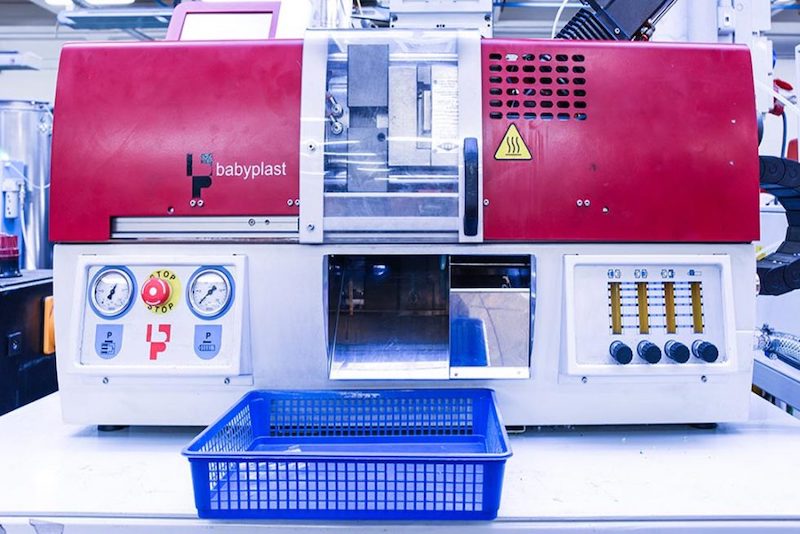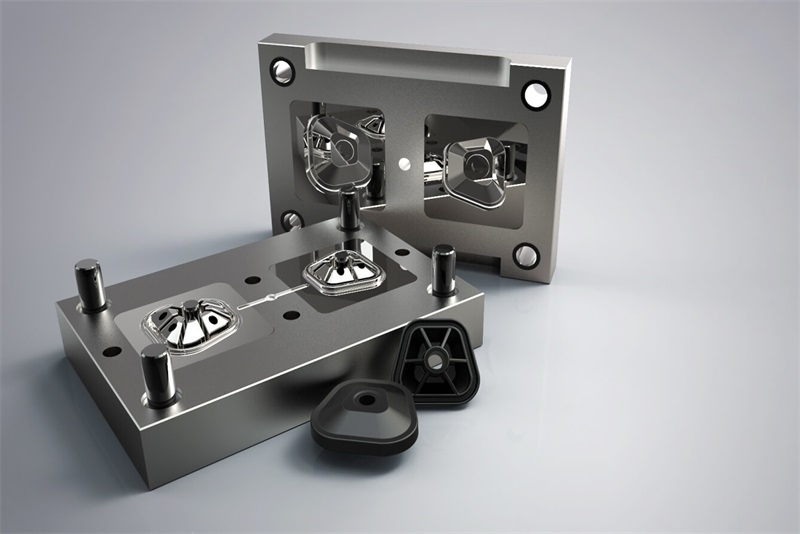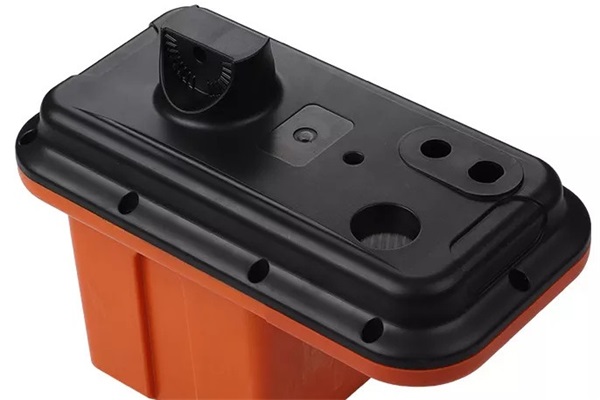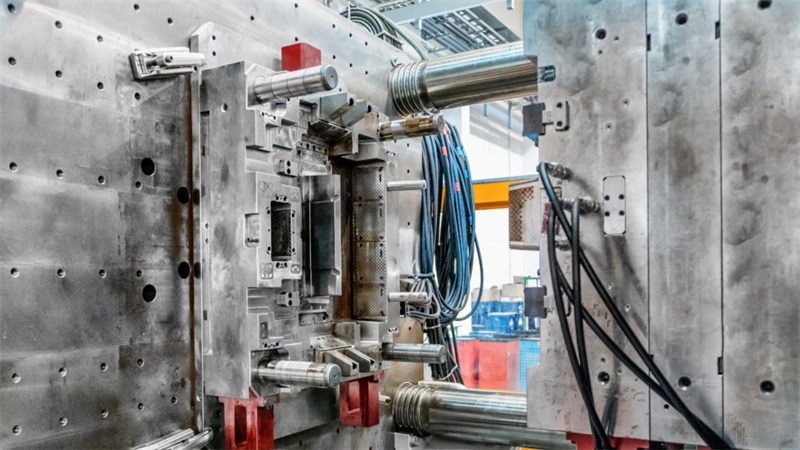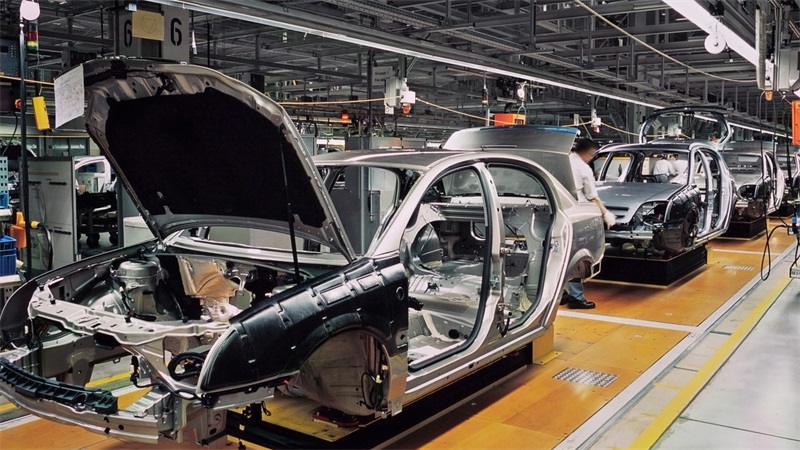Micro injection production is a branch of regular injection molding. In manufacturing, micro injection molding handles the production of micro components for various industrial applications. In electronics, micro-injection rapid manufacturing can produce small PCB components, smartphone screws, plugs, and connectors. Also, this process can make tiny medical device components, hearing aid parts, drug delivery, and optical aid systems for the medical industry.
Table of Contents
Advantages of Micro Injection Molding
Micro injection molding offers a manageable production strategy that allows you to make tiny components for differing applications. It grants adjustments of each aspect of the production down to the micron measurements. Here are the advantages:
Produce tiny parts by micro injection molding
Micro injection molding offers an effective manufacturing technique to produce tiny or small-sized parts that regular injection can’t do. These little components are best for building smaller parts in a more sizable assembly process. You can use this manufacturing technique to produce small gears, small screws, PCB components, and more.
Efficiency in materials
The efficiency of the material usage is another advantage of micro-injection molding. This manufacturing process only uses enough materials to build the tiny components without wasting any material leftovers. It will help you in minimizing the cost of production by ensuring that the waste material is minimal.
Affordability
This manufacturing process is also affordable in terms of ongoing production costs. The tiny parts you produce will require a small number of plastic materials. Mold creation is also cheaper because you will use fewer materials.
Scalability
The micro plastic molding process is easy to scale. You can produce the tiny components in small quantities and scale them to more sizable quantities. This way, you can adjust the production outcome based on your project needs.
High accuracy in micro injection molding
This production technique can maintain high accuracy for the final products despite the small size of the injection-molded components. You can determine the precise measurements of the final products and produce them with precision. This method can also help maintain the best assembly system for any industrial application because of the component’s accuracy.
Complex geometry
Another merit of the micro-injection molding technique is the ability to produce tiny components with complex geometry. You can set the measurements in millimeters or microns with this manufacturing technique. Thus, it can retain the complexity of the geometrical design with utmost precision.
Better mold control in micro injection molding
Controlling the mold for the micro-injection process is also easier to do. You can adjust the mold parameters to fit your project requirements. Also, configuring the mold temperature is doable to help you adapt the energy consumption for the production process.
Material versatility
It is compatible with various materials, including high-quality plastics and engineered polymers. This versatility allows you to adjust the properties of the final product you make with micro-injection molding.
The advantages of micro-injection molding give this production technique a high acclaim in today’s manufacturing landscape. It is a preferable option to produce micro components for differing industries. Also, the efficiency of this production process gives you plenty of room to adjust it based on your project’s goal.
Precautions in Micro Injection Molding
Running the micro injection molding production requires careful planning and considerations to ensure a safe production environment. The precautions can help you run this production process with the best safety conditions. Here are the precautions in micro injection molding:
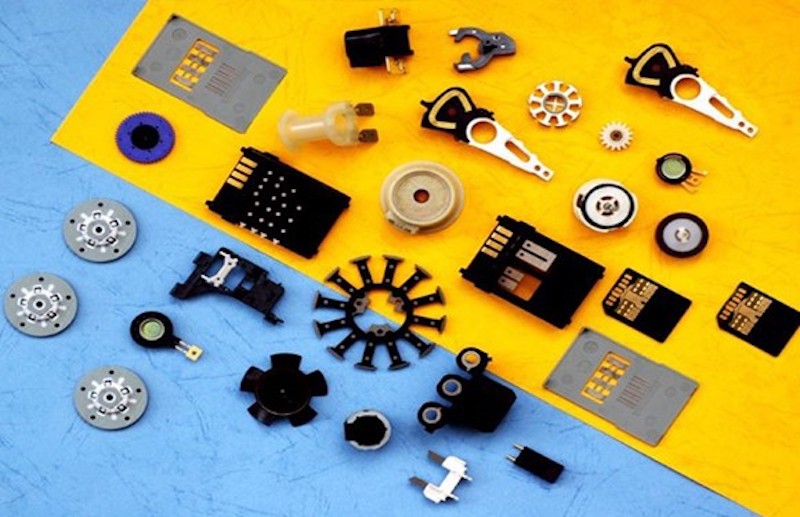
Attention to detail when by micro injection molding
Micro-injection requires attention to detail, including the part’s dimensional measurements, mold size, and more. A little deviation can mean considerable failures in this production method. You need to pay attention to the machine configurations for each micro-injection operation.
Material handling
You must deal with the plastic materials for the micro-injection molding with utmost care. It’s essential to clean the mold before using the micro-injection machine and clean all the leftover materials. Entering the materials into the mold also requires careful handling.
Machinery control
Another precaution you have to pay attention to is the machinery control aspect of micro-injection. The micro-injection machine will handle all the programming and operations of the production process down to the smallest detail. Adjusting the micro-injection machine to fit your project’s goal will be essential for the success of this operation.
Safety protocols
The micro-injection machine contains various mechanical tools that can be dangerous when you come into contact. The operation requires high temperatures on the mold and can be a danger to the human body. It is essential to follow the safety protocols when you operate the micro-injection machinery, including when you install the mold and put the materials into the mold.
Trained experts
Micro-injection is a process that requires careful handling of the materials, machinery, mold, and other aspects. You need to hire expert staff for this manufacturing operation. Also, you must train the experts to master micro injection because it differs from the regular molding operation.
Maintenance during micro injection molding
System and equipment maintenance is also essential for micro-injection molding production. You must maintain the equipment and production system in their best condition. Running a maintenance check after specific production cycles is necessary to keep the equipment in good working condition.
Operating conditions
Micro-injection requires constant control of the correct operating conditions, including pressure and temperature. You must maintain the correct temperature and pressure within the mold throughout the production process. It is to keep the proper distribution of molten plastics within the mold.
No direct contact
Be sure to avoid direct contact with the inside components of micro-injection equipment when the machine is still running. Turn off the equipment’s power source before you perform any maintenance or installation procedures. Use proper safety gear when you handle the micro-injection equipment to ensure your health and safety.
Keep in mind these precautions during the operation of micro-injection molding production. Failing to heed the precautions might cause harm to the staff who work with the micro-injection machines. Also, it might cause the final products to get damaged or fail.
Micro Injection Molding: How It Works
You must follow specific steps to produce micro components by using micro-injection manufacturing. Here’s how it works:
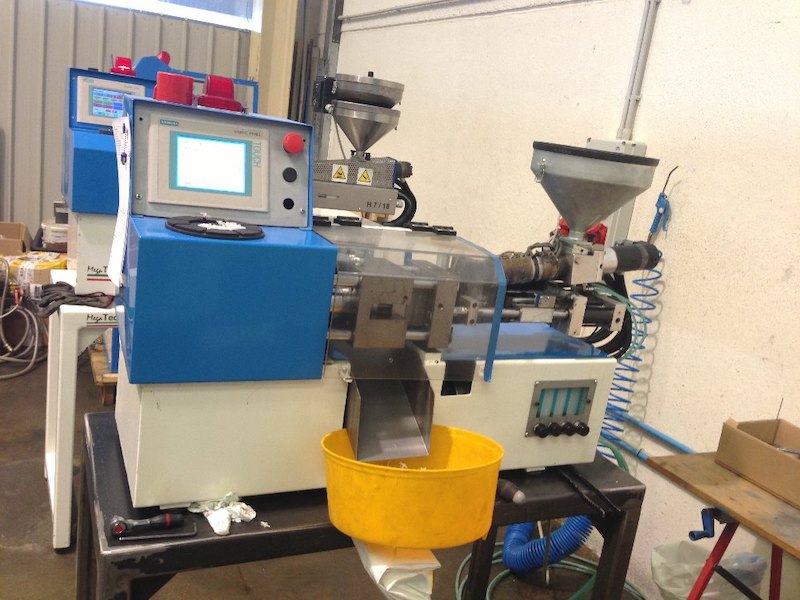
Prepare the groundwork
You must prepare the basic requirements for the micro components you want to produce with this process. What component types do you want to produce? Each component type will require different micro-injection configurations and molds.
Design phase
Next, design the micro components you want to produce using the compatible design software tools. The mold design must contain the product’s shape, geometrical details, measurements, and other relevant information. It will become the blueprint for your final products.
Mold creation
The design blueprint will become the basis for the mold creation process of the micro-injection production. Build the molds suitable for the micro components you have designed on your blueprint. Differing materials are available to create various molds with specific features or characteristics.
Mold installation in micro injection molding machine
You will need to install the mold onto the micro-injection equipment before use. The installation process requires the help of trained injection molding experts to ensure a perfect installation. The mold installation must be precise, and the equipment must detect the mold from the computerized command center.
Machinery configuration
Next, configure the micro-injection machine once you have connected the mold. The essential configuration includes temperatures and pressure you must use during production. The configurations will depend on the project goals. Also, consider the material characteristics.
Run the micro-injection
Now, you are ready to run the micro-injection production process. The machine will handle all the manual production operations after you configure it. At this point, you only need to wait for the machine to complete the production process.
Adjustments and issue fixing
Not all micro-injection production runs will be without flaws. You might experience some problems that need adjustments in various aspects. It is time to observe the micro-injection process and ensure you get the final products according to your project’s goal.
Final product creation
The regular production runs in micro-injection operation will produce the final products according to the blueprint design. It involves the injection and cooling down process until the final products take the shape of the mold. Differing microcomponents will require different durations for the production to complete.
Ejection
You can eject the finished products after the cooling down process. Then, you can collect all the completed products from the current production run before starting another. The ejection process should be smooth and easy.
Quality check
Perform a quality check on each item to ensure the best-quality micro components(such as button, coin holder keychains clip etc). The QC-passed microcomponents will not cause problems in further assembly or manufacturing processes. Also, it will guarantee the best quality products you send to your clients.
Packaging
It is the final phase in micro-component production by using micro-injection molding. You will package the micro components to send to your clients or send them for further assembly. The packaging can vary depending on the micro components you produce.
Conclusion
The micro-injection process gives you an alternative production technique, allowing you to produce small-sized components. The production operation is quite similar to regular injection molding. But, with some adjustments made to make it capable of producing tiny components. It has a wide range of applications across differing industries. Want to make your rapid prototypes or large volume small parts by micro injection molding? Contact TEAM Rapid today to request a free quote now!
